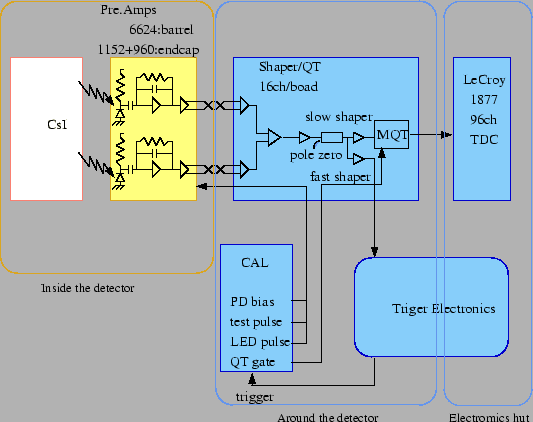 |
| Sensitive area | 10 |
|
| Wafer thickness | 300 |
|
| Applied high voltage | ||
| Capacitance | Average |
|
| Sensitivity ( |
Average |
|
| Temperature dependence | ||
| Dark current | Average |
|
| Temperature dependence | Average |
|
| Radiation hardness | At 6 Gy | At 68 Gy |
| Change of dark current | ||
| Change of capacitance | ||
| Change of sensitivity | ||